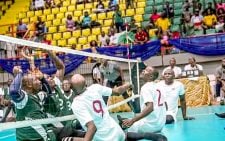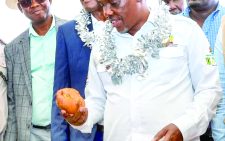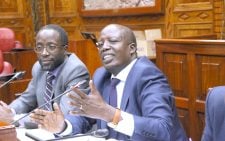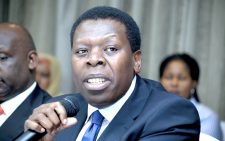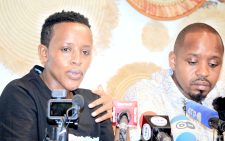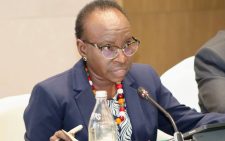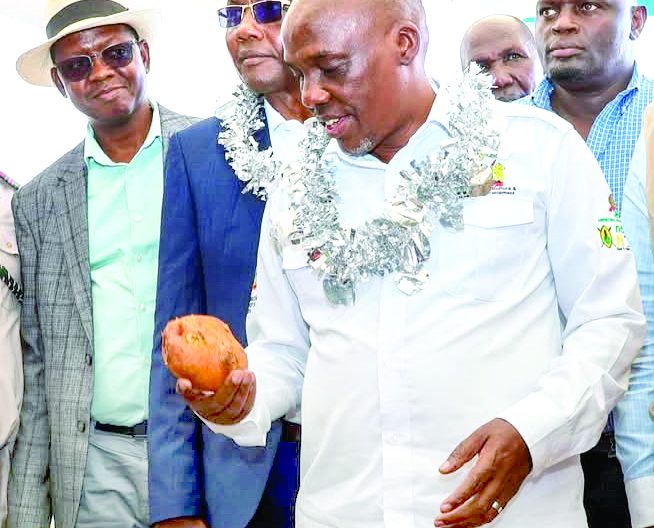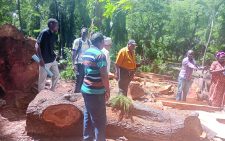Ten Kenyan languages on the verge of extinction
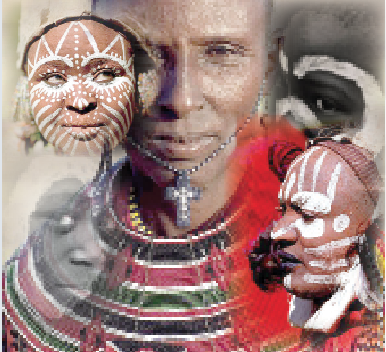
The country enjoys rich tribal and cultural diversity, but some of the native small tribes have always faced the challenge of adapting cultural and traditional practices of the bigger tribes. This way, their respective mother tongues continue to be exposed to annihilation. Jasmine Wambui looks at some of the languages that are fast disappearing.
Yaakunte
Mukogodo tradition records indicate that Yaaku people were originally from Ethiopia, but they migrated to Kenya around the 18th Century, settled in the Mukogodo Forest in the Rift Valley, and integrated with the Rendile tribe.
Yaaku were mostly hunters, gatherers and beekeepers. Later in the 19th century, the Maasai tribe settled in their land and referred to them as “Ntorobo,” which means poor people without livestock. The Yaaku peole had to assimilate themselves with the Maasai as it was their only way to gain wealth. This assimilation also made them learn the Maasai language.
The women from the Yaaku tribe would also get married off to the Maasai, an action that contributed to the deconstruction of their tribe. The Yaaku now live in Dol Dol in Laikipia. Today, less than five people speak Yaakunte, and all of them are more than 70 years old.
At their local school, there are teachers devoted to teaching the young generation Yaakunte. The educators teach the students the language once every two weeks.
The Yaaku has proposed to incorporate the Yaaku words into the Maasai language. The elders believe doing this will ensure that the language does not die completely.
El Molo
El Molo has a population of around 560 people. Although their numbers have recovered slightly in recent years, the people who live on the Komote Island of Lake Turkana fear their language could become extinct.
They originally settled in the north of Lake Turkana, but were forced by the other tribes to move south to the small islands. They are now gathered into two villages of 150 and 70 inhabitants, respectively.
They are believed to have originally migrated down into the Great Lakes area around 1000 BC from Ethiopia. Most group members are today mixed with adjacent Nilotic populations, with only a handful of unmixed El Molo believed to exist.
Even though intermarriage with other tribes such as Samburu and Turkana, and abandonment of the nomadic lifestyle has helped to raise their numbers, their native language is facing an imminent death.
Kore
The Kore is a small tribe living on Lamu Island on the northern Kenya Coast. In 1985, they numbered between 200 and 250 people. After being defeated by the Purko Maasai in the 1870s, the Kore fled to north-eastern Kenya where they were taken captive by Somali people.
After functioning for years as clients or slaves in Somali households, they were set free by British imperial forces around the end of the 19th Century.
Loss of cattle took them to Lamu in the second half of the 20th Century. They have lost their own language, a Maa variety, and speak Somali nowadays. The remnants have now adopted many Somali customs, with the Kore language disappearing into the oblivion.
Lorkoti
The other tribe facing extinction is the Lorkoti, a dialect of the Maa cluster (Nilotic) or part of the Nilo-Saharan. Despite the fact that there is still an ethnic group called Lorokoti in the Leroghi Plateau, all appear to speak a different Maa dialect, that is Samburu. Many claim and believe that the language is already extinct with little to no new information being released about the language.
Dahalo
Dahalo is an endangered Cushitic language spoken by at most 400 Dahalo people on the Coast of Kenya, near the mouth of the Tana River. The Dahalo are one of the Bushmen groups. Bushmen are small in stature generally with light yellowish skin that wrinkles early in life. Their social structure is not tribal because they have no paramount leader. They are dispersed among Swahili and other Bantu people, with no villages of their own and are bilingual in those languages.
Suba
The Suba or Abasuba are Bantu speaking people who came from all over East Africa and settled around the East African Lake region, mainly in Mfangano Island and Rusinga Island of Lake Victoria. The majority of the Suba came from Uganda after the death of Kabaka Junju around 1760. They intermarried with the Luos in unions regarded as one-sided that they adopted the Luo language Dholuo as their own and as of now, the Suba language has been classified as endangered. The Suba remnants who are approximately 100,000 mostly identify themselves as Luos.
Ogiek
The Ogiek have three dialects known as the Kinare, Sogoo and Akiek which are all being threatened by extinction. Most Ogiek speakers have assimilated to cultures of surrounding peoples: the Akiek in northern Tanzania now speak Maasai and the Akiek of Kinare, Kenya now speak Gikuyu.
The speakers of Akiek language were thought to be as low as 500.The Sogoo language, also referred as Sokoo, is spoken in Mt. Elgon and southern part of Mau forest around the river Ewaso Ng’iro area.
These Sogoo speakers interact with its immediate neighbor Kipsigis, a sub-group of Kalenjin tribe and they can distinctively distinguish their language from the Kipsigis speakers. Beekeeping is traditionally a popular social and economic activity among people who identify as Ogiek.
Waata
The Waata live in scattered territorial groups along the Tana and Galana Rivers and in the Taru Desert in Eastern Kenya, Kenyan Coast, Marsabit District in Northern Kenya, and in parts of Southern, Central and Western Ethiopia.
The Waata way of life was brought to an end in the colonial period due to the enactment of wildlife conservation laws and the creation of national parks.
As a result, they lost their autonomy and became servile members of the Borana and Gabra-Oromo pastoral groups with whom they had traditionally interacted.
It also meant that when Kenya gained independence, the Waata were not recognised as a distinct entity with rights to their own political representation.
The Waata have interacted with neighbouring agricultural and agro-pastoral groups, such as the Kamba, Mijikenda, and Swahili in Kenya, and Amhara in Ethiopia. They thus suffered external, state, and internal cultural discrimination.
Burji
At the turn of the 20th Century, the Burji community arrived in Kenya from Yavelo Province in Ethiopia, courtesy of the then-commissioner of the Marsabit District in northern Kenya.
There are over 150,000 Burji speakers scattered between Southern Ethiopia and Northern and North-Eastern Kenya. Burji belongs to the Highland East Cushitic group of the Cushitic branch of the Afro-Asiatic family.
The Burji have lived in their current highland territory for over 400 years, where they perfected their love of agriculture and became expert farmers. However, due to their integration with the other communities, their native dialect faces complete distinction.
Awer
The Awer people also known as the Boni people live in Lamu and Ijara districts. They are called Boni, meaning people of a lower caste system by the Somali neighbours. They are hunters and gatherers and live in the Boni and Dodori Forest Reserves.
They are thought to be distinct relatives of the Oromo and the Watta who originally migrated from Ethiopia. The semi-nomadic Hamitic tribe nestled between the Indian Ocean and the Somali border in north-eastern Kenya’s Lamu district numbers barely 4,000, compared to 25,000 half a century ago, with the number of those that speak their native mother tongue diminishing by the day.
